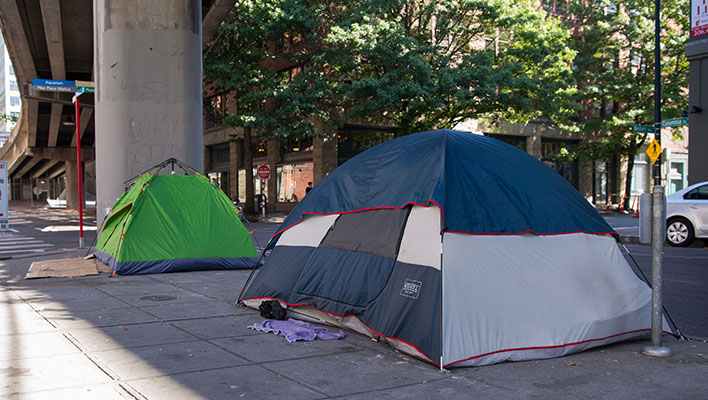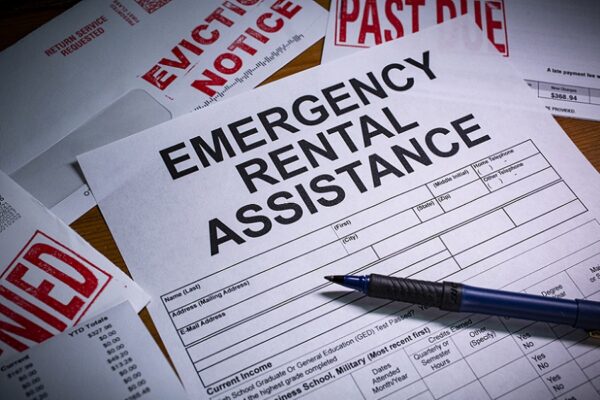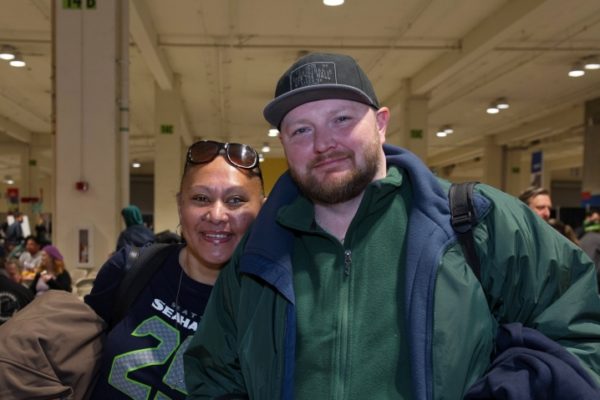Point in Time Count, 2020 Version: More of the Same. We Need Change
The results of the 2020 Point-in-Time Count demonstrate what we already know – that we must accelerate our approach to how we fight homelessness. The latest data reflect what we sense and see: despite all of our efforts, the number of people who are experiencing homelessness has remained too high, with only slight variations from year to year. Far too many of our neighbors are suffering from the trauma of homelessness, housing instability, the pandemic and inequities rooted in race and ethnicity.
This latest count found an increase of about 5% more people experiencing homelessness over 2019—and the survey took place before the coronavirus pandemic caused the economic disruption that led to widespread loss of income. We are especially concerned about the growth in family and chronic homelessness. And, we recognize that we have yet to see the result the recession has had on our most vulnerable community members.
Far too many of our neighbors are suffering from the trauma of homelessness, housing instability, the pandemic and inequities rooted in race and ethnicity.
The Point-in-Time Count, which included a street count of people, data from the Homeless Management Information System and other sources, also found that Black, Indigenous and Latinx people are disproportionately represented in the homeless population. These are the same racial disparities we have seen in previous years. This is an unacceptable situation, and it reflects the fact that we as a society are not devoting the resources that are necessary to help communities that have been oppressed for too long.
Black and African American people make up only about 7% of the King County population but represent 25% of people experiencing homelessness. Native Americans or Alaska Native people comprise 1% of the county but 15% of the homeless population. And it’s a similar story for Latinx people—10% of the general population, compared to 15% experiencing homelessness.
We know the root causes of these inequities: decades of racist and discriminatory practices that have led to vast income and wealth gaps between the white population and people of color, economic instability and poverty.
It’s why we are refocusing our efforts on keeping people in their homes, with a special emphasis on homelessness prevention in communities of color.
We know the root causes of these inequities: decades of racist and discriminatory practices that have led to vast income and wealth gaps between the white population and people of color, economic instability and poverty.
As research shows, people of color are more likely to be evicted in King County. Black renters, for example, are evicted at a rate 4.5 times higher based on their share of the population.
Home Base, which before the pandemic served as an eviction-prevention program, pivoted to provide rental assistance for people economically affected the recession caused by COVID. Since early April, 2,583 households received rental assistance. Of those, 30% were Black and 26% were Latinx.
The Point-in-Time data demonstrates that we have not been investing in solutions that work to the scale of the problem, and that we need to invest in strategies that work.
- We need to do more on prevention—More than 30,000 people experienced homelessness in King County last year–many for the very first time. Keeping people in their homes is cost effective and reduces the trauma of homelessness but our community and nation do not have enough prevention resources. That can change with increased investments in eviction prevention and rental assistance. Investments from donors and public funding will go a long way to reduce homelessness by keeping people in their homes.
- We need to do more of what works to help people get into homes—We can get people out of homelessness through proven solutions like diversion, rapid rehousing, permanent supportive housing, and by providing long-term housing vouchers for low-income people. But we need to invest in these strategies at the scale of the problem, which we clearly have not been doing.
- We are in a crisis now, and we’re not going to solve it overnight—We need to look into solutions that we have rejected in King County before. That includes dormitories and FEMA-style tents, for example. We need to extend the local and state eviction moratoriums in response to the continuing COVID caused recession. And anticipate that when the moratoriums are lifted, we will likely see explosive growth in evictions—we need to prepare now to help those who are most vulnerable in our communities. We need to be open to all solutions because this is a health crisis and a human rights crisis.
- We need more deeply affordable housing in every part of King County—The number of affordable housing units has declined over the past 10 years, and incomes have not kept up. We need substantial public funding to build affordable housing now, so people don’t spend more than they can afford on rent.
Since the pandemic started, our region has used hotels and motels to move people to reduce crowding in shelters. This is how we should have been treating people who had nowhere to go from the moment homelessness was declared an emergency. It shouldn’t take a pandemic to come to this kind of solution.
We have seen the transformation that occurs when we treat people with dignity—when we provide them with a safe place to sleep and a restroom. It leads to better outcomes for all.
As the coronavirus crisis continues and as we come out of it, we should find ways to continue to help them. We can’t go backward by sending people who have found stability, even if just temporarily, to congregate shelters—we know this is not an acceptable solution to the homeless crisis that has affected our region for years.
When we look beneath the veneer of the shiny new high-rises and modern housing in our area, we find that too many people in our communities are being left behind.
Our region is frequently lauded as one of the wealthiest in the country. But, when we look beneath the veneer of the shiny new high-rises and modern housing in our area, we find that too many people in our communities are being left behind.
We should all be deeply concerned by these latest results from the Point-in-Time Count. The policies of the past continue to leave thousands of people, particularly Black, Indigenous, Latinx and people of color, without a safe place to live. We need to invest at the scale of the problem and into strategies that have been proven to work.
What we cannot do is go back to the way things were before the pandemic.




Comments